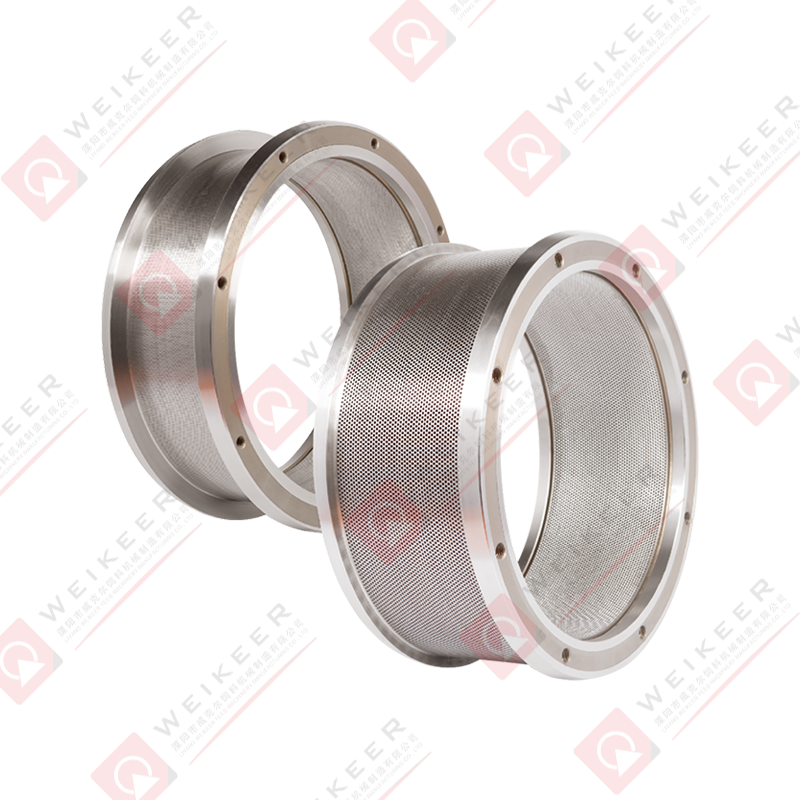Stress release during tempering
Precipitation and aggregation of carbides:
During the tempering process, as the temperature increases and the time increases, carbides will precipitate and aggregate from martensite. This process helps to reduce the stress concentration points inside the material, thereby reducing residual stress.
The precipitation and aggregation of carbides will cause changes in the microstructure of the GCr15 roller diagonal groove material, which in turn affects the mechanical properties and residual stress distribution of the material.
Martensite decomposition:
Martensite is a hard and brittle structure formed after quenching, which has high internal stress and instability. During the tempering process, martensite decomposes to form a more stable tempered martensite or other organizational structure.

During the decomposition of martensite, the internal stress field will gradually disappear, resulting in a reduction in residual stress.Stress relaxation:
During the tempering process, the stress inside the material will gradually relax due to high temperature. This process is the result of atomic rearrangement and microstructural changes inside the material, which helps to reduce residual stress.
The influence of tempering temperature and time
Tempering temperature:
Higher tempering temperatures usually lead to faster stress release rates. This is because the activity of atoms at high temperatures is enhanced, making it easier for microstructure adjustments to occur.
However, it should be noted that excessively high tempering temperatures may cause a decrease in mechanical properties such as hardness and strength of the material.
Tempering time:
Extending the tempering time helps to release residual stress more fully. This is because a longer time allows atoms inside the material to have more opportunities for rearrangement and microstructural adjustments.
However, it should also be noted that excessively long tempering times may cause adverse effects such as excessive softening or grain growth of GCr15 roller diagonal groove materials.
Changes in the content of retained austenite
Austenite transformation:
During the tempering process, part of the retained austenite will transform to form a more stable organizational structure. This process helps to reduce the unstable factors inside the material, thereby reducing residual stress.
Austenite stability:
As the tempering temperature increases and the time increases, the retained austenite becomes more stable. This helps to reduce the stress changes caused by austenite transformation, thereby further reducing residual stress.


 русский
русский Español
Español عربى
عربى 中文简体
中文简体











